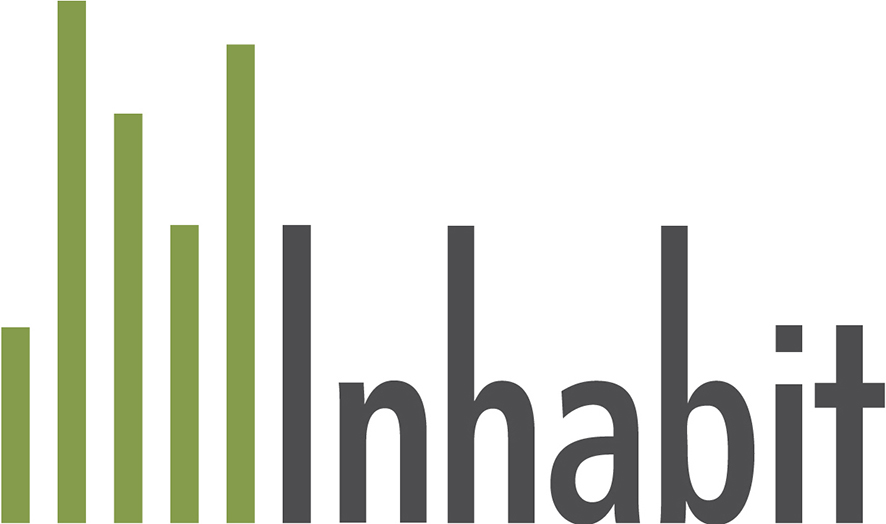The Paradigm Shifts
A decade ago most developers focused on upfront cost. Environmental initiatives in buildings were seen as adding cost while only bringing savings to the tenants. With the rise in the number of certified “green” buildings, thanks to schemes such as LEED, Green Star, HK-BEAM and others, some started to recognise the marketing value of sustainability.
Now sustainability is seen by many as an issue of value at risk. David Nieh, General Manager of Planning and Development for Shui On Land in Shanghai, interviewed for the BBC World Service recently, said that if one of their buildings does not incorporate environmental standards in its design,
“it will get singled out in the portfolio among its brethren that are right next door and therefore won’t hold the same value over time.”
This attitude is long way from one heard in the early 2000’s by a prominent Australian developer who claimed (at a green building conference, no less), that greening a building was technically illegal since, by increasing build costs, it was acting against shareholder interests.
Not all developers take such a long view, or are developing whole cities where savings can be made by integrating energy, waste and water systems. Luckily, single buildings can be made more efficient through fairly simple design strategies that don’t add to the bottom line. These vary for each project. The trick is achieving the greatest efficiencies for the least cost.
